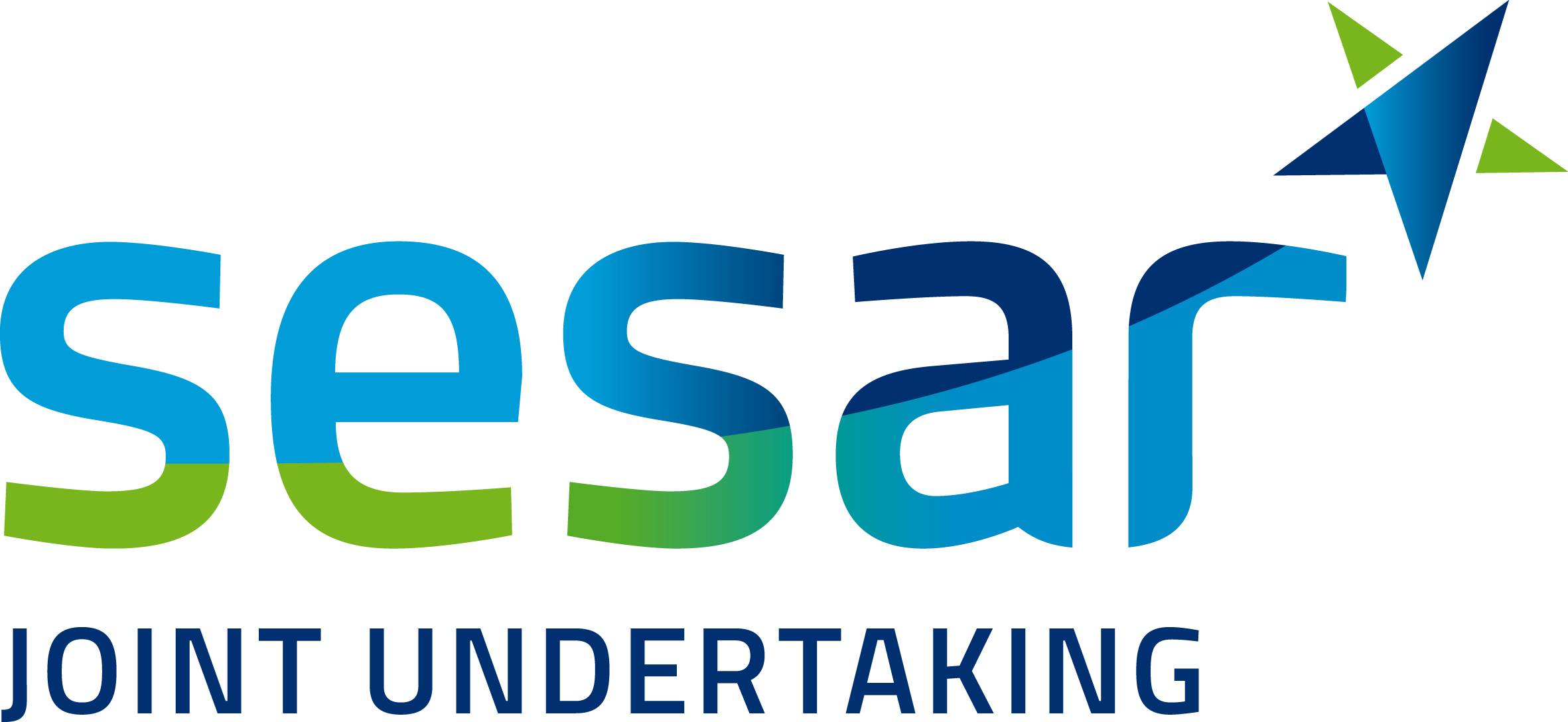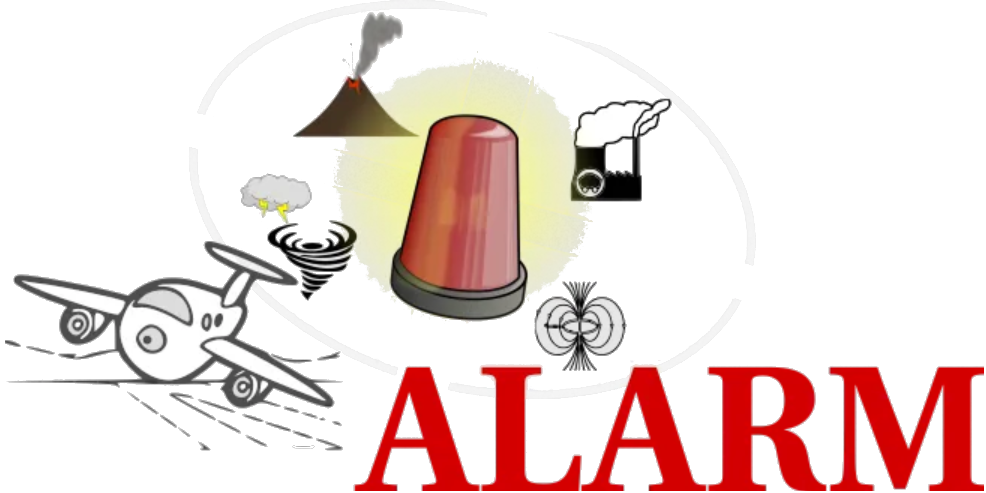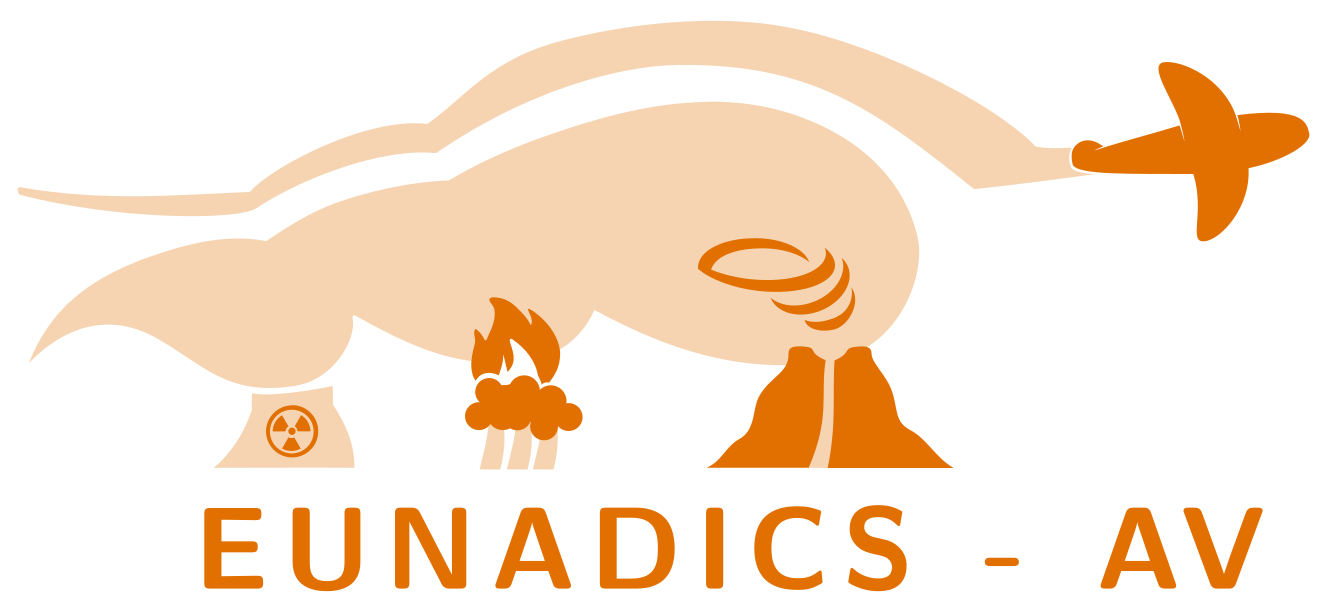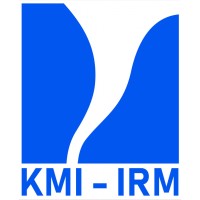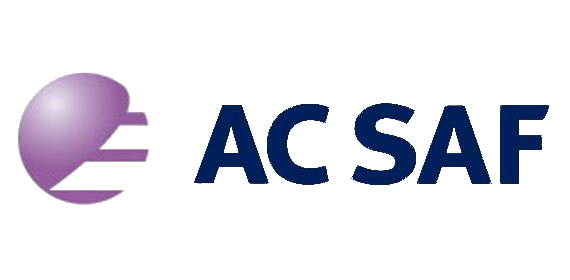Validation of the Service
The detection of SO
2 emissions, the selection criteria for the e-mail
notification service will be validated against selected known volcano eruptions.
Input for the validation is on the one hand the data from the NRT system and on the other hand
information on volcano eruptions (from the VAACs, websites and newspapers).
Note that the Service is not aimed at deriving SO2 data to high accuracy.
This does, of course, not mean that we are not interested in accurate SO2
columns, but the work on those aspects officially falls under other
projects.
Extract from the "C5 Service Validation Protocol"
document of the GSE-PROMOTE
project:
SACS is dedicated to the early detection and mapping of abrasive
ashes and corrosive sulphur compounds emitted by volcanoes and transported
by winds, that represent a major hazard to aviation. The service aims to
provide in near-real-time data derived from satellite measurements
regarding SO2 and aerosol volcanic emissions and, in the event of an
exceptional SO2 concentration, to send an e-mail notification to interested
parties, mainly official Volcanic Ash Advisory Centres (VAACs), pointing
them to dedicated web pages.
In the event of an exceptional SO2 concentration, the location of the SO2
peak value will be used to start backward and foreward trajectories, images
of which will be placed on the dedicated web page of the event. This feature
will facilitate the interpretation of the satellite observations and by
providing an indication of the location of the source of the SO2 and of the
height of the plume.
Validation of this two-faceted service should take into consideration the
following two tasks: first, a validation of the service components and
related geophysical data products, based on classical correlative analysis
and information content studies; second, a validation of notification-related
aspects. Quantitative validation of SO2 and aerosol data products of
volcanic origin is not straightforward, due to:
-
the difficulty to plan correlative measurement long-term programmes or
even campaigns for - nearly - unpredictable eruptions;
-
safety and practical issues to get correlative measurements in the
vicinity of an erupting volcano;
-
the current lack of suitable devices to perform accurate SO2 column
measurements from the ground.
A major experimental support is expected from the FP6-funded Network for
Observation of Volcanic and Atmospheric Change (NOVAC), which will operate
DOAS instruments at observatories of 15 volcanoes on five continents,
including some of the most active and strongest degassing volcanoes in the
world. The geographical development of plumes of volcanic ash can be
confronted to images provided by satellite instruments like Envisat MERIS
and EOSAqua MODIS. Aerosol lidars operated in the context of networks like
the NDACC can provide correlative information on the vertical structure of
the plume and on its temporal development (overpass of station at a given
time).
In a first stage, the validation of the SACS will be its demonstration for
a sufficient amount of past volcanic eruptions in long-term satellite data
records. The study of notification-related aspects should address the following
logical cases (if possible in terms of probability and of detection
threshold):
- a potentially hazardous eruption occurs and SACS reports it;
- a potentially hazardous eruption occurs and SACS does not report it;
- a potentially hazardous eruption does not occur but SACS emits a notification.
More quantitative might be envisaged in a later stage, using ground- based
SO
2 and aerosol measurements as well as satellite data. Suitable validation
methods are still in their infancy and should be further developed.
Link to the "C6 Service Validation Report"
document of the GSE-PROMOTE
project.
Download PDF documents:
Phase 2
Phase 3

